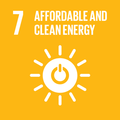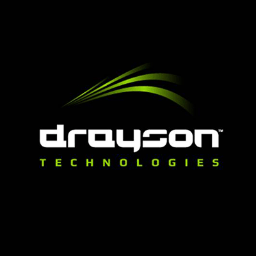Freevolt is an energy-harvesting technology that turns radio waves into usable electricity to charge low power electronic devices.
Freevolt is a technology that harvests ambient radio frequency energy from radio broadcast, mobile and wi-fi networks – energy that currently goes to waste – to produce small amounts of electricity. This enables a range of low-power devices to be powered without disposable batteries. The Freevolt harvester comprises a multi-band antenna and rectifier capable of absorbing energy from multiple radio frequency bands at almost any orientation.
The small, lightweight design is scalable and suitable for a range of uses, from low-power Internet of Things (IoT) devices such as wearables, sensors and beacons, to the built environment where the potential exists to integrate Freevolt into the fabric of urban and industrial architecture. The first commercial application of Freevolt is the CleanSpace Tag, which is a personal air pollution smart sensor providing users with insight into the quality of the air they are breathing.
Why you should care
Billions of low-energy Internet of Things devices will be deployed over the coming years, all of which require a dedicated power source or battery. By harnessing energy from radio frequency waves, Freevolt is designed to extend the battery life of low-power IoT devices indefinitely, or to vastly extend the time between battery swaps, thereby reducing the costs and environmental impacts associated with changing batteries.
How the Global Goals are addressed

Good Health and Well-Being
The CleanSpace Tag increases awareness of air quality to promote healthier living. It's the first commercial use of the Freevolt technology, showing the health opportunities for low-power sensors.

Affordable and Clean Energy
This technology utilizes a currently untapped background energy source to power low energy devices, thereby generating affordable and clean energy.
Responsible Consumption and Production
The Freevolt harvester could replace disposable batteries in sensors, reducing harmful chemical landfill waste and creating a more sustainable commercial sensors.


